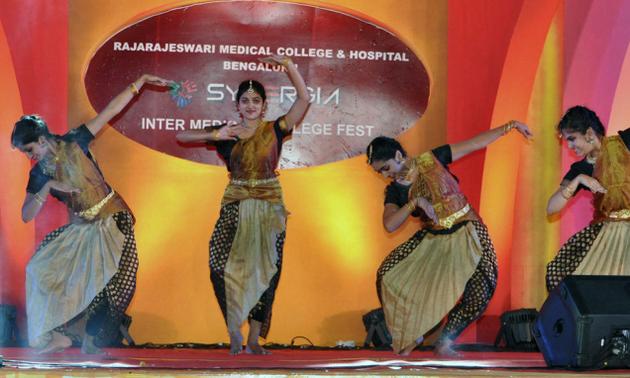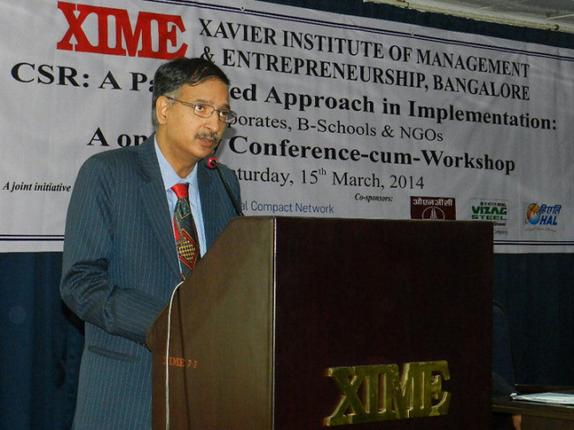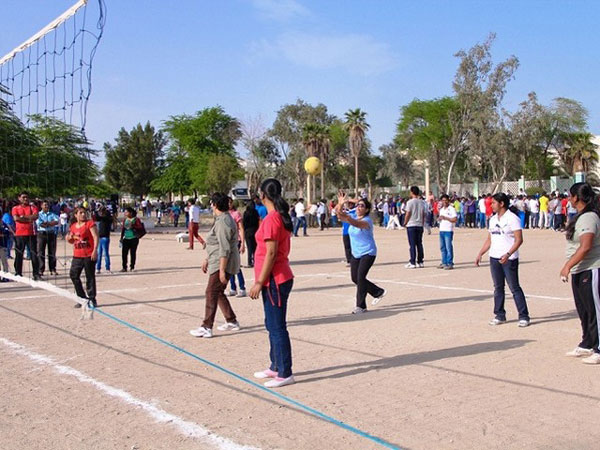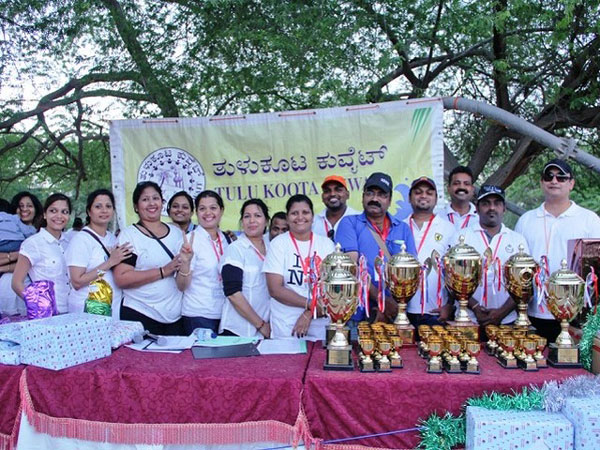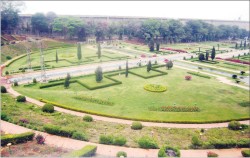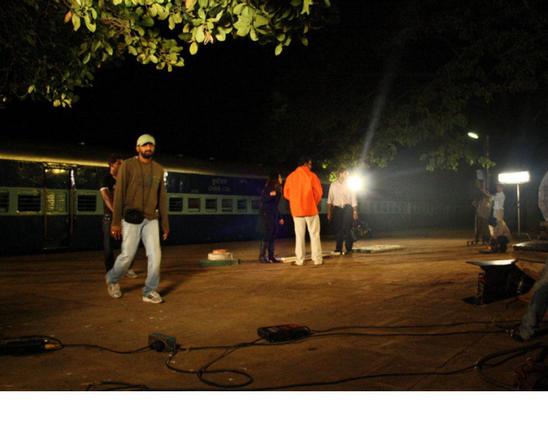
A Google initiative to inspire Indians to exercise their right to vote has gone viral. The two- minute-30-second motivational film, part of Google’s Pledge to Vote campaign, has in its lead role 97-year-old Shyam Saran Negi, independent India’s first voter.
Negi, popularly known as Masterji, lives in Kalpa village of Kinnaur district in Himachal Pradesh, along with his son C P Negi, a farmer. Directed by Bangalore-based leading advertisement film maker Manoj Pillai, the film was released on the public domain on Monday evening with the creative agency being Ogilvy, Mumbai.
Sandeep Menon, Director, Marketing, Google India, told Express via an email interaction on Wednesday that old age hasn’t diminished Negi’s belief in India’s democracy and the power of elections. “India’s first general elections were held in early 1952. But an exception was made for Kinnaur in anticipation of snowfall, and the elections were held there in October 1951. That’s when Negi got a chance to cast his first vote. Since then he has voted in every single elections, including each of the 15 Lok Sabha polls. He also continues to be an inspiration to his family, friends and community in Kalpa,” says Sandeep.
The film, shot in Kalpa in early March, had a 100-member crew closely working with the village folk and Negi, a retired government primay school teacher, in executing the project. “The time spent with our protagonist in this lovely mountain town helped in bringing alive not just his story, but even his commitment to the country,” says Sandeep. To a specific query as to what prompted Google to rope in Negi, he says: “These elections are about capturing the imagination of millions of both first-time as well as experienced voters. This film has been developed to inspire them to come out and vote during this election. The story of Negi is a testimony of Indian voters’ belief in the power of democracy.”
While sharing the challenges of shooting in Himachal Pradesh and also engaging elderly Negi to follow the storyline, Manoj felt that those living in cities like Mumbai, Delhi and Bangalore might not associate with the emotions of Negi. “He lives for the nation and his family comes next. He has seen the birth pangs of India, the problems of Partition and the struggle we are undergoing dealing with many complex issues. Masterji is upset with the happenings across the country, yet he comes and votes every time with the hope that things would change,” says Manoj, who heads Thinkpot Productions. Even the Central Election Commission officials have visited Negi couple of years back to felicitate him.
Negi refused to wear the costume initially as demanded by the storyline, and wanted the crew to take money from him. “He agreed only when we explained about the budget that was set aside for his costumes. He told us that he voted without expecting any favour or help from the politicians. He always walked to the polling booth, which is two km from his home, and never accepted the transportation help offered by parties,” says Manoj. He said the crew had to shoot at temperatures as low as – 6 degrees Celsius. “The physical contribution of Negi to the film, in terms of moving around as per the script, is outstanding. There’s a child-like innocence in him and his eyes light up every time we speak about voting,” he adds.
source: http://www.newindianexpress.com / The New Indian Express / Home> Nation / by Anantha Krishnan M – Bangalore / March 27th, 2014
